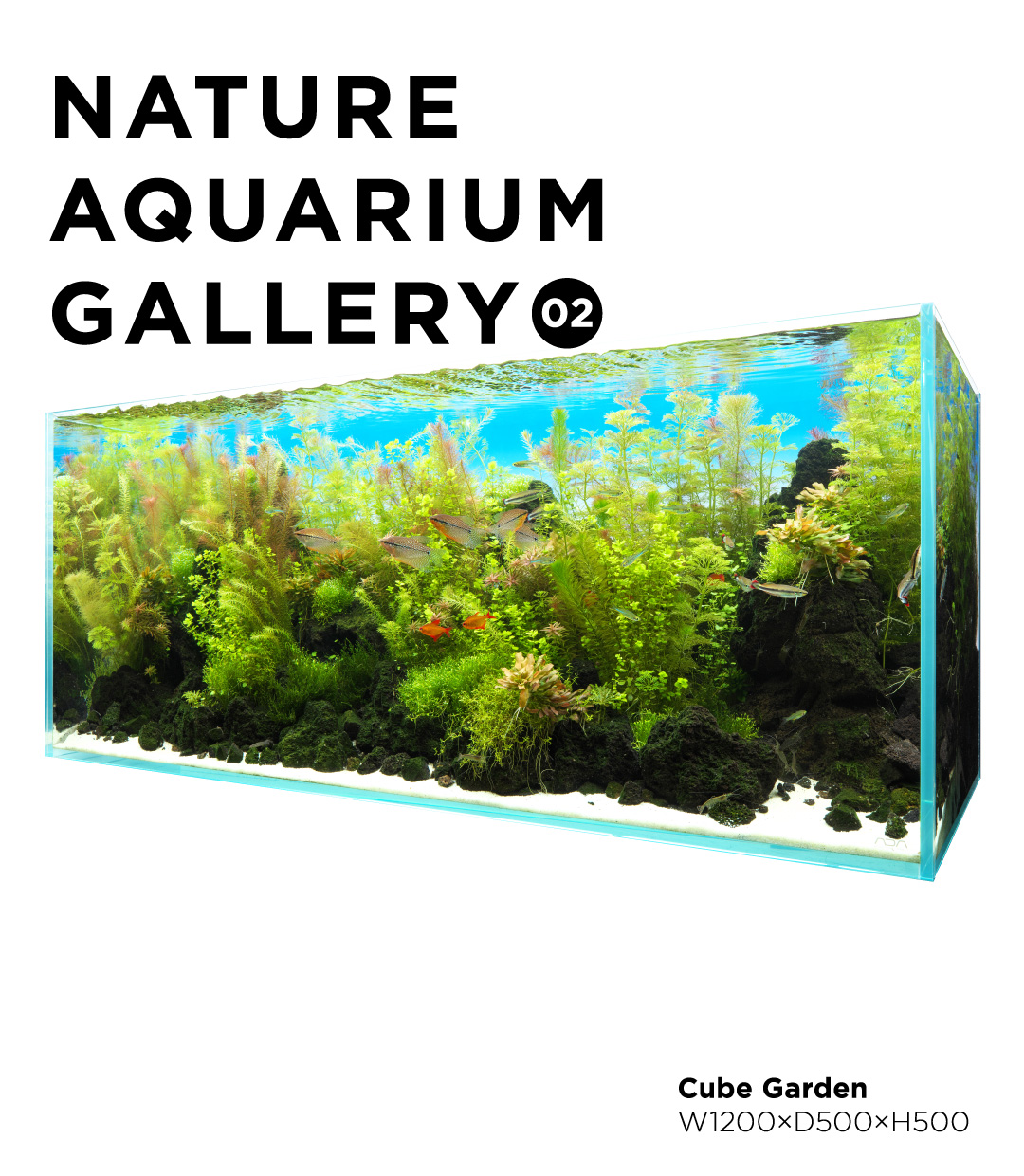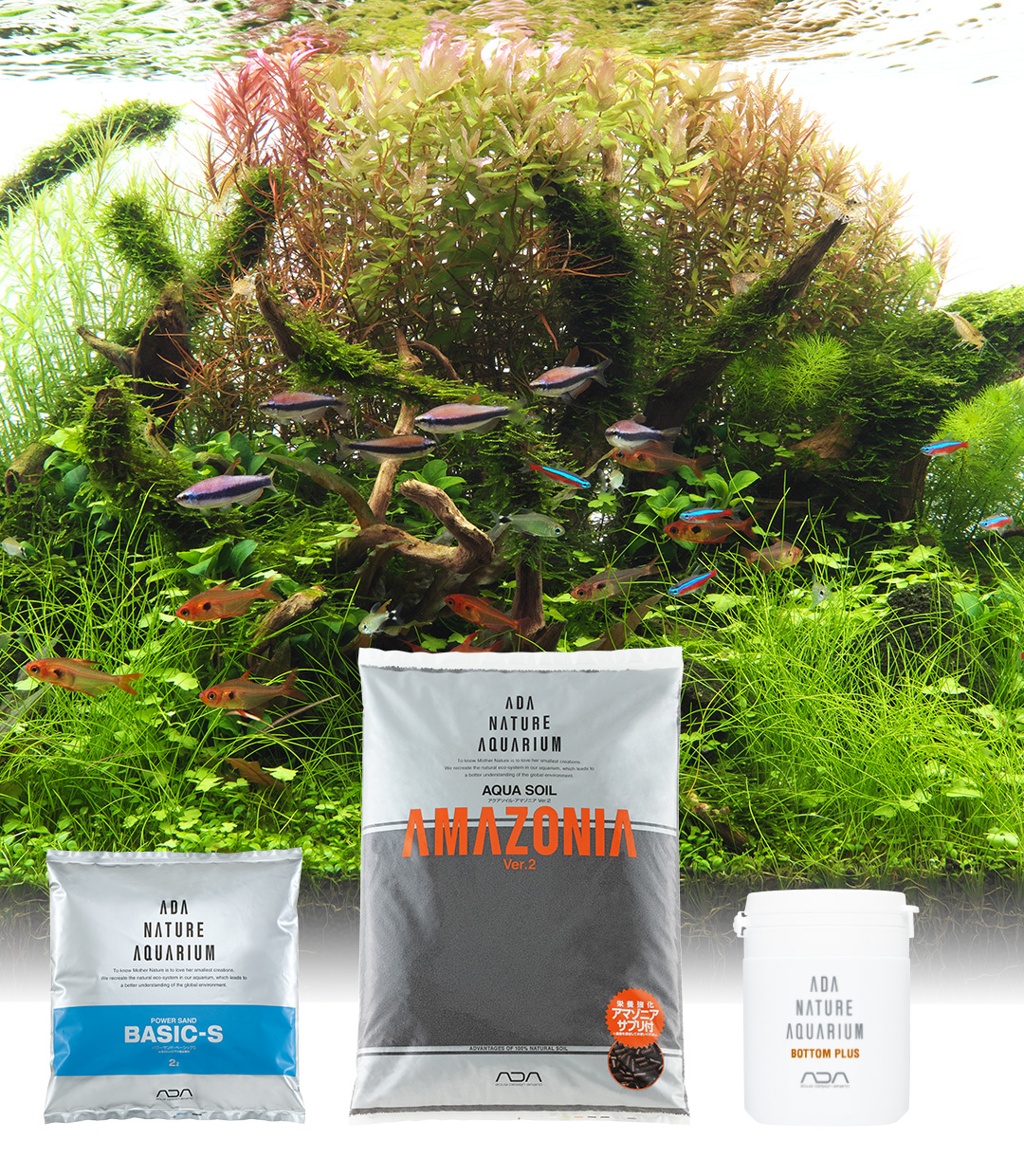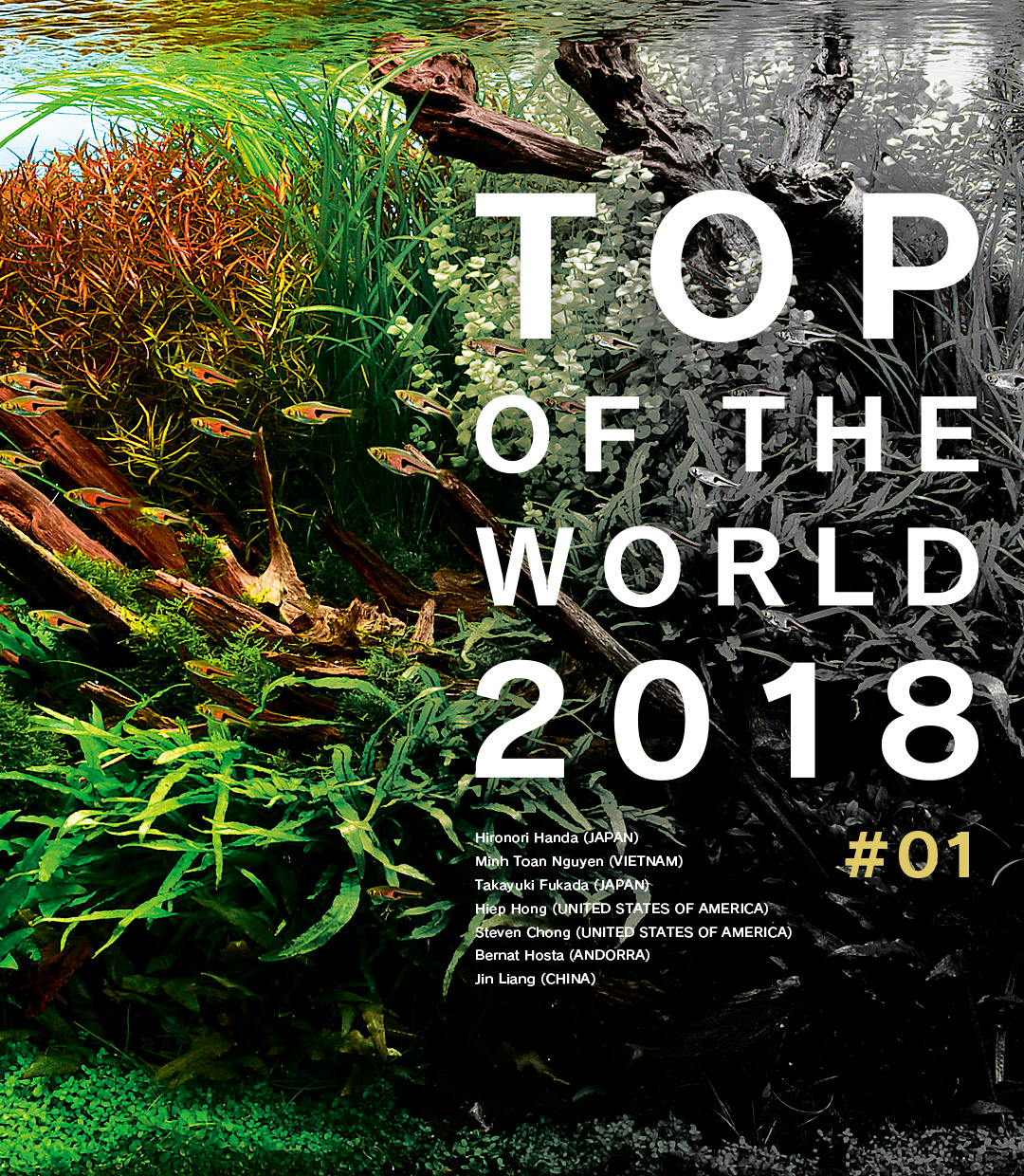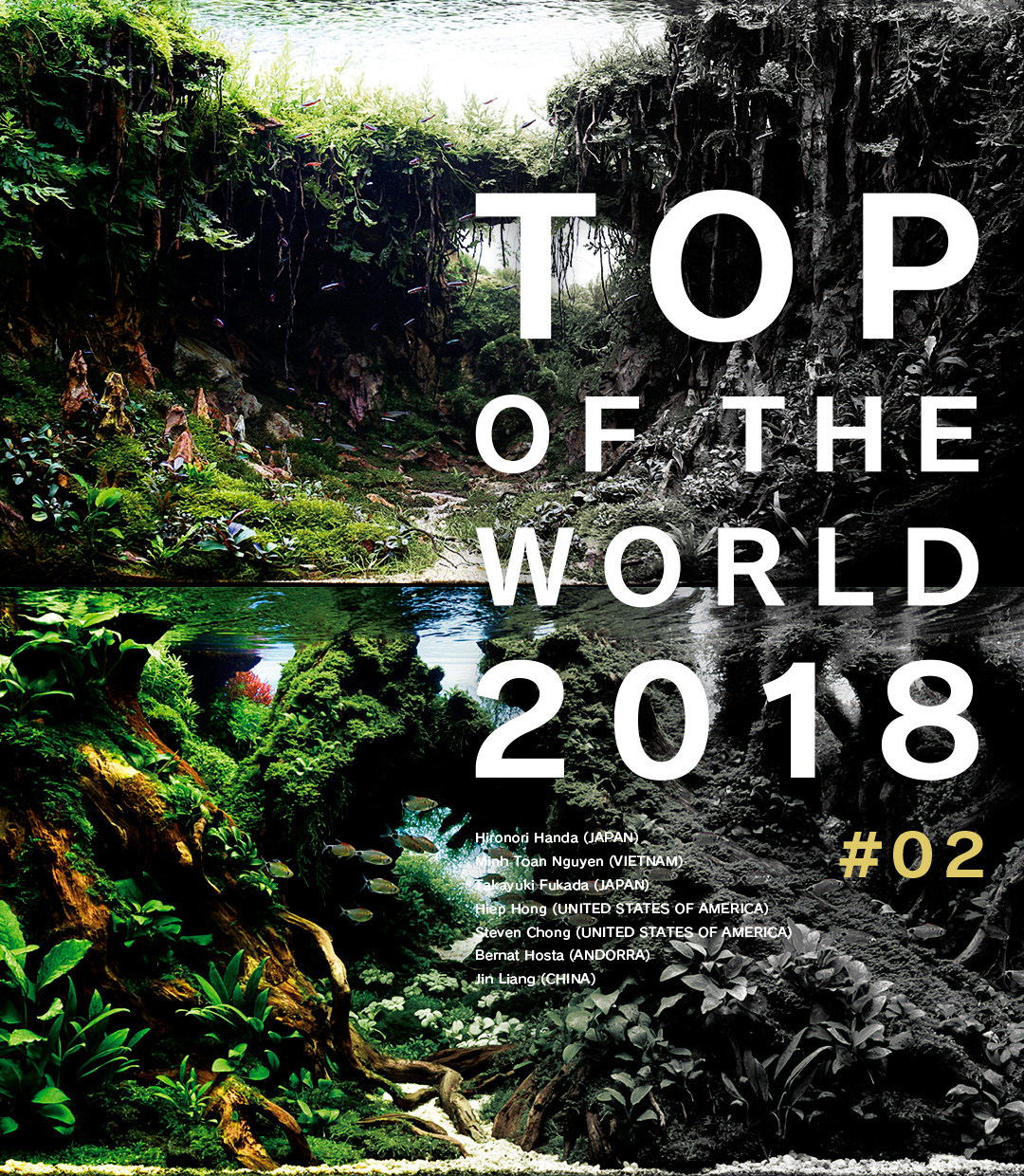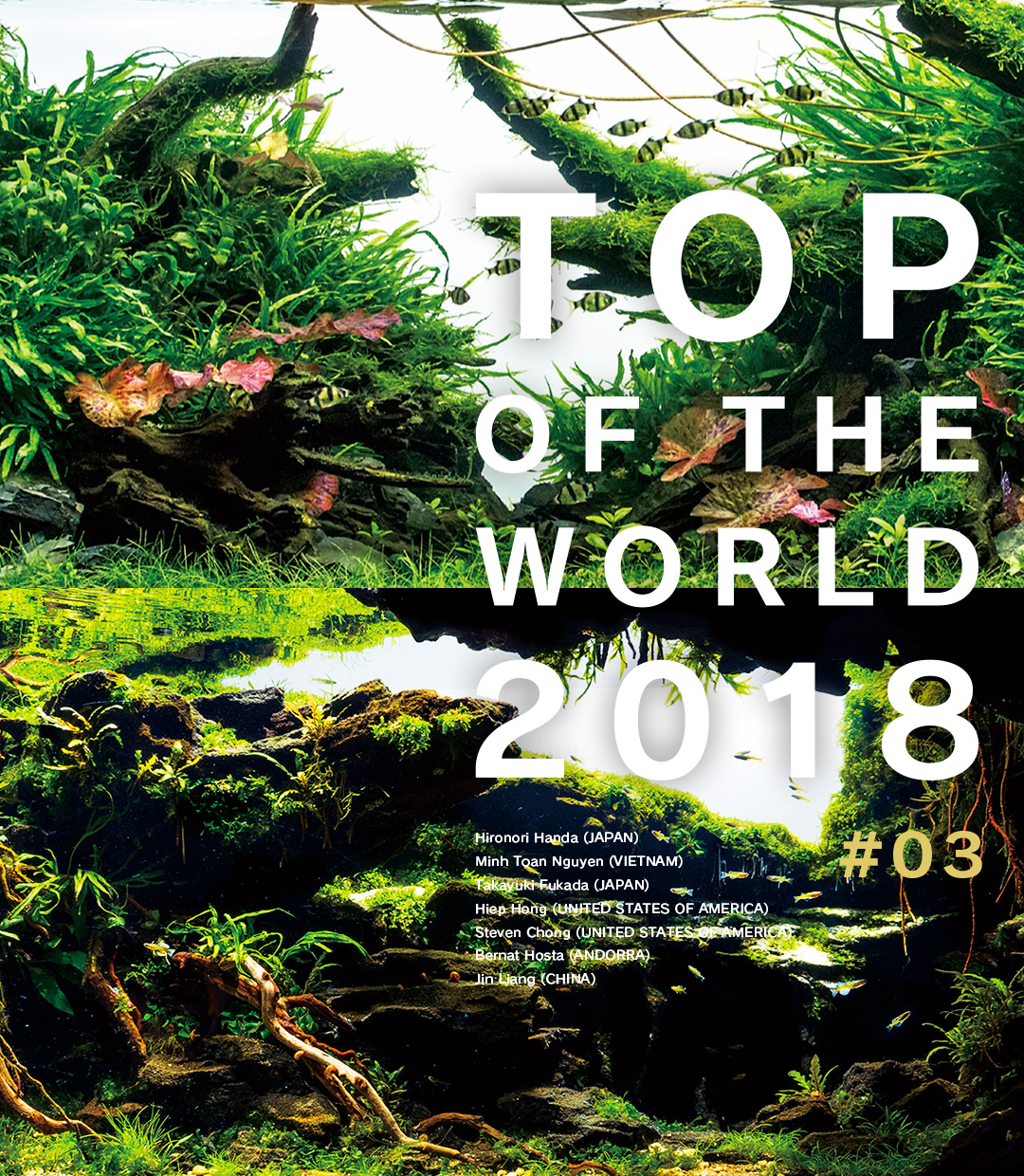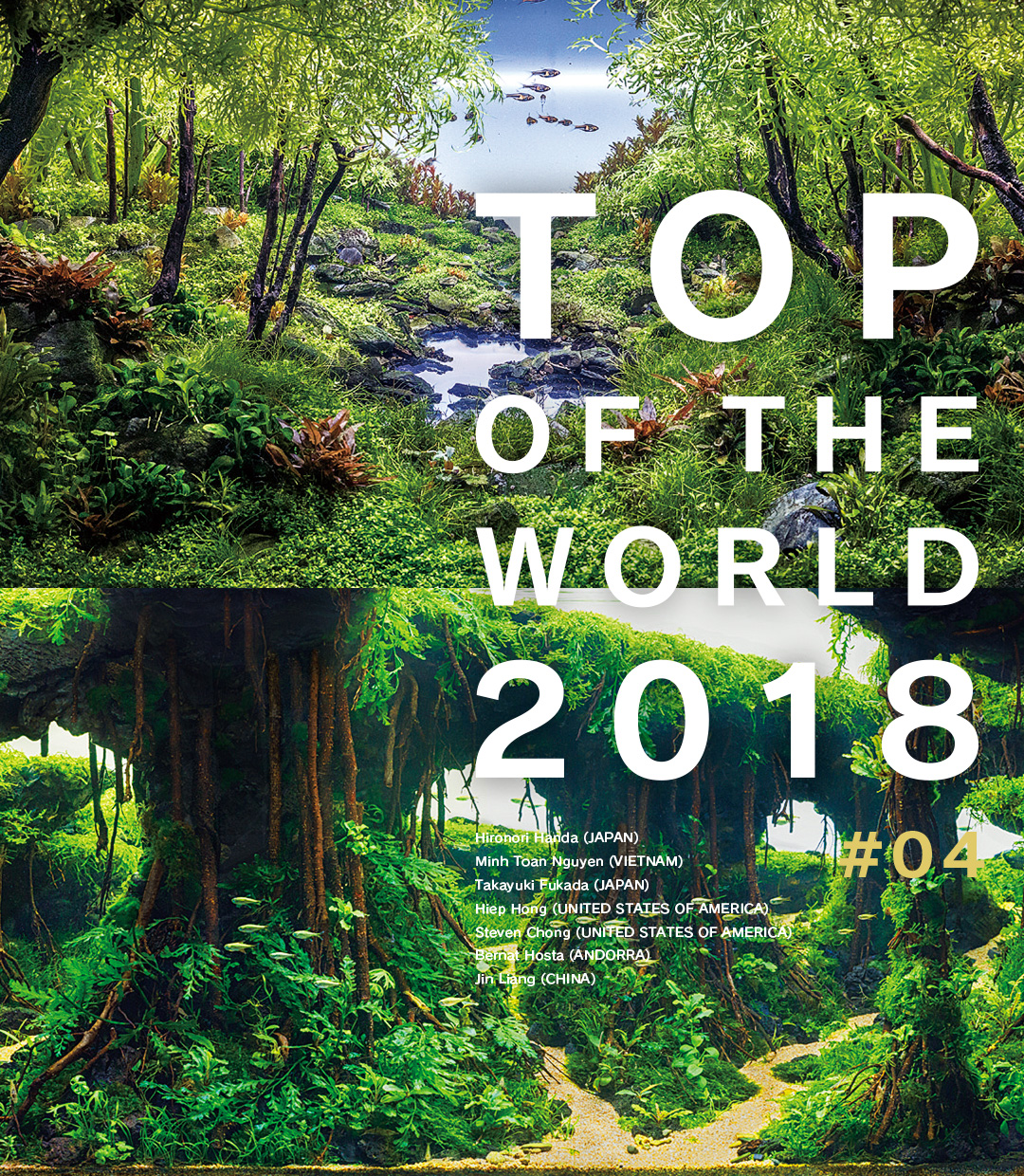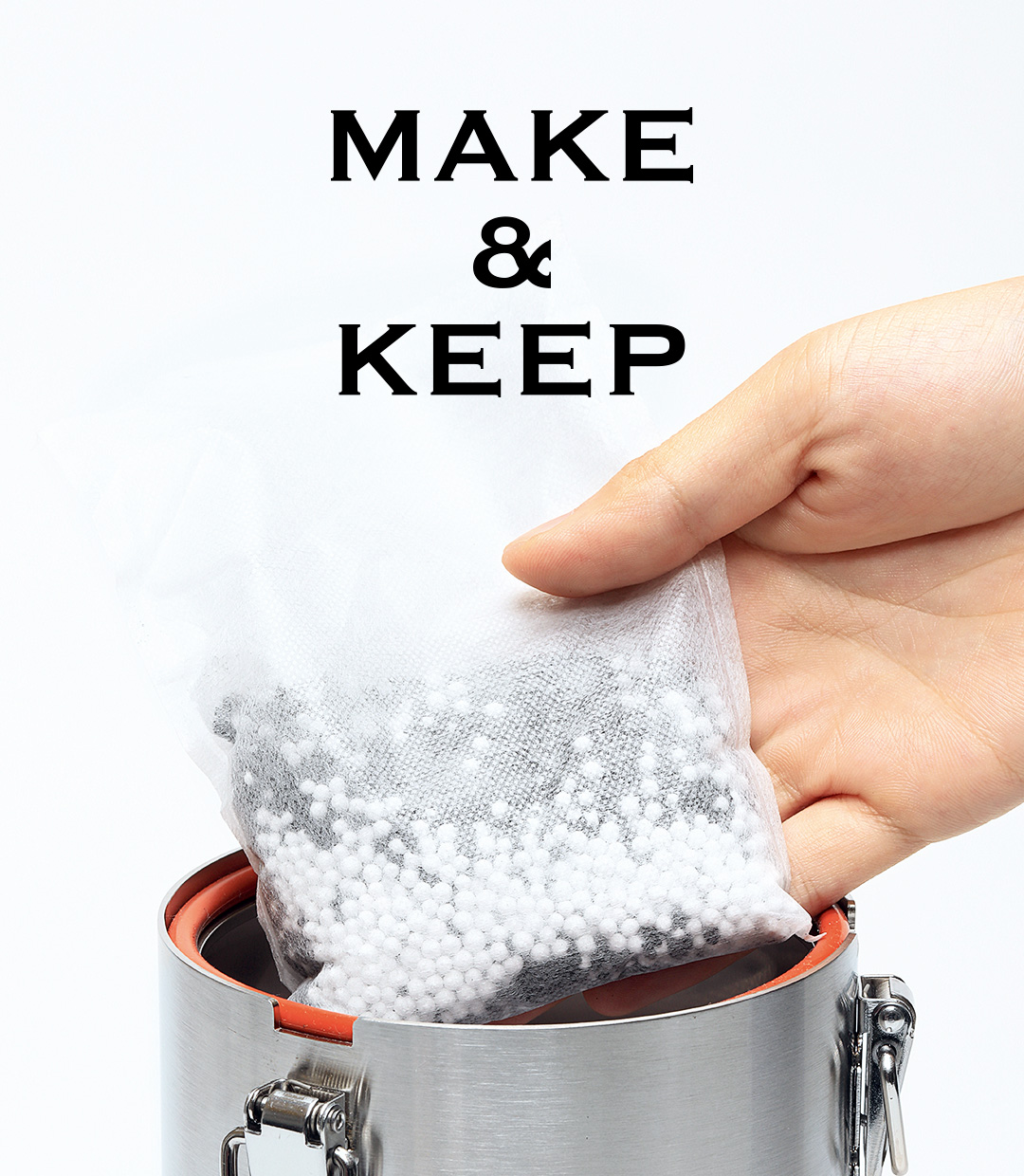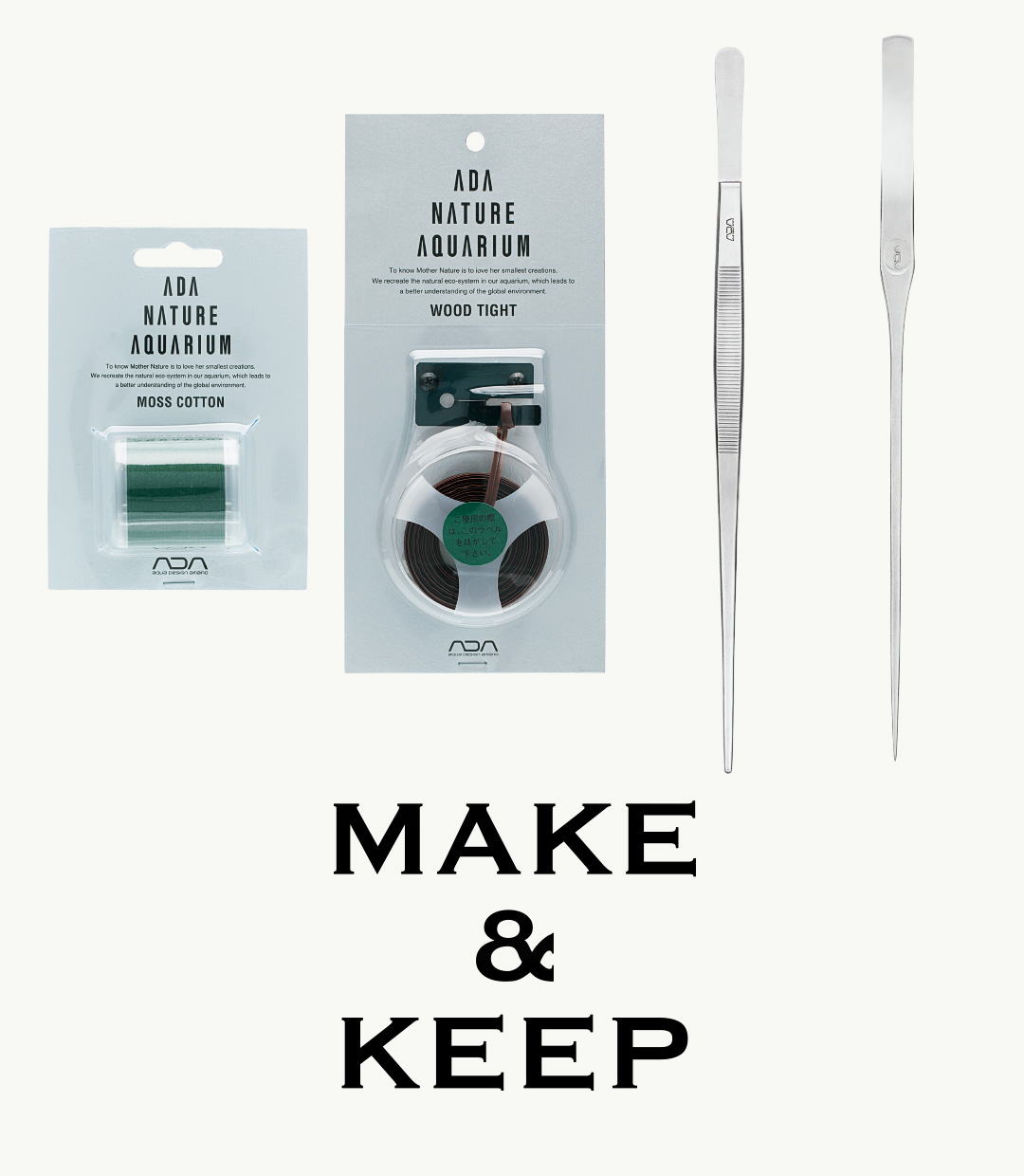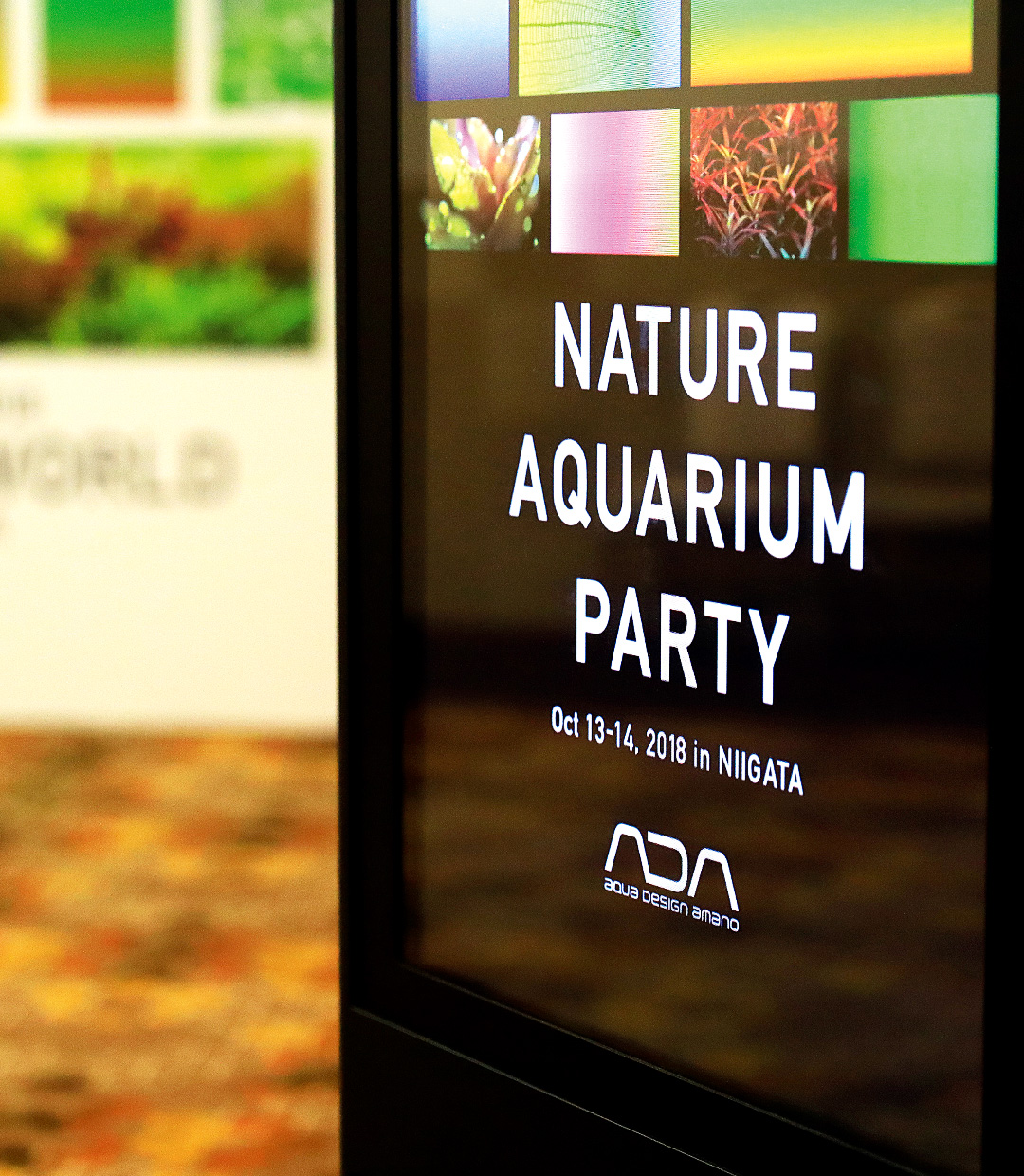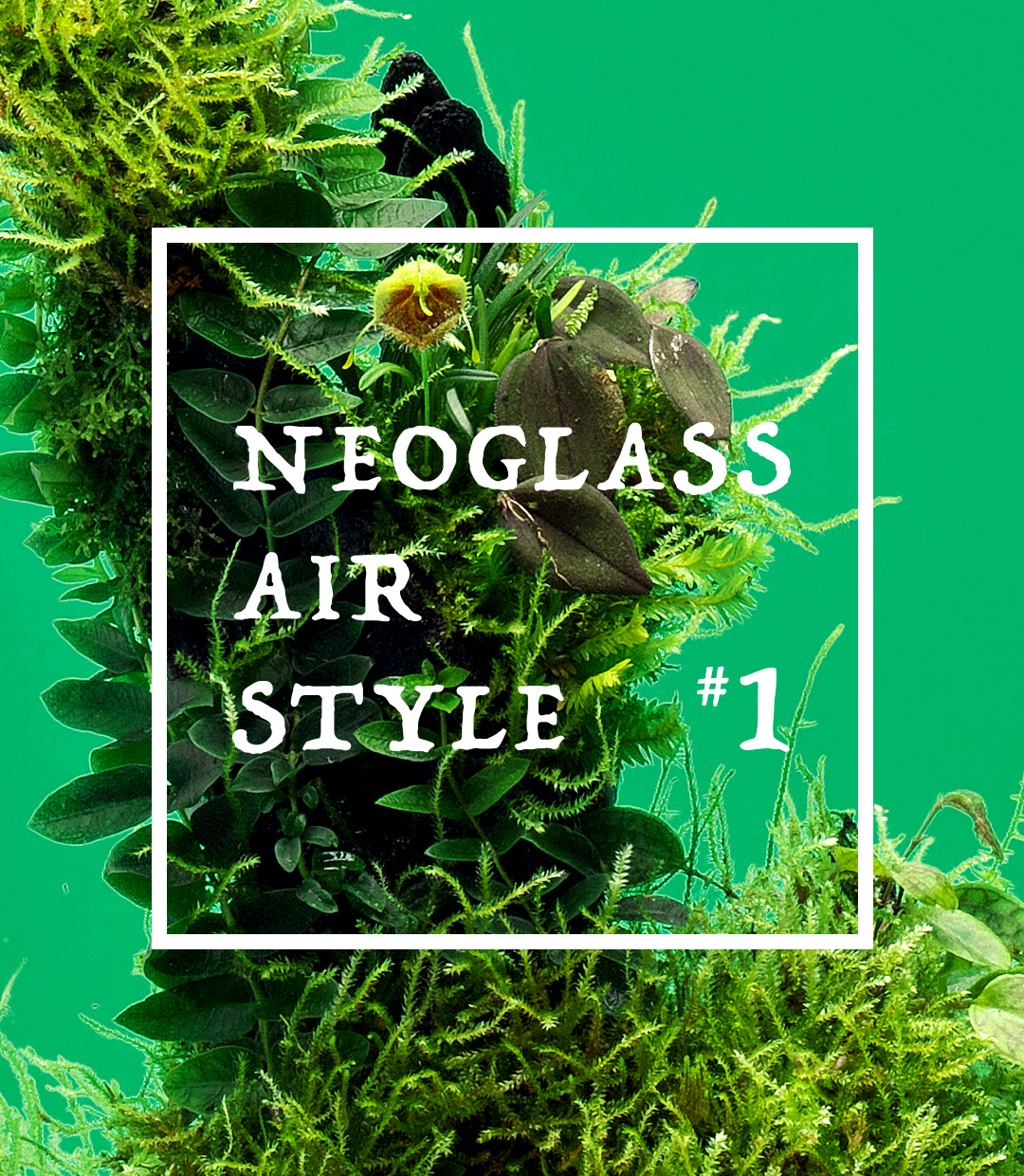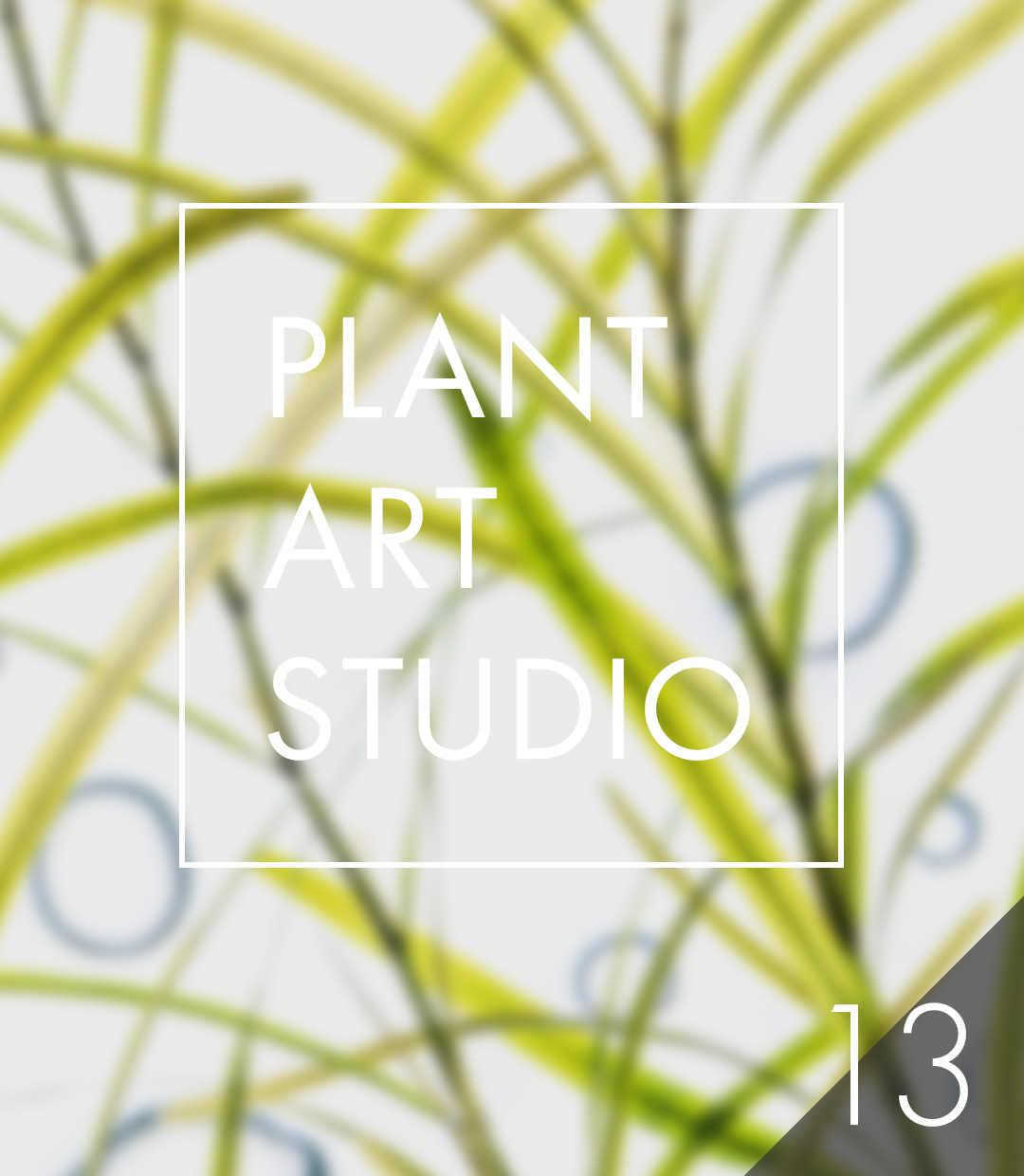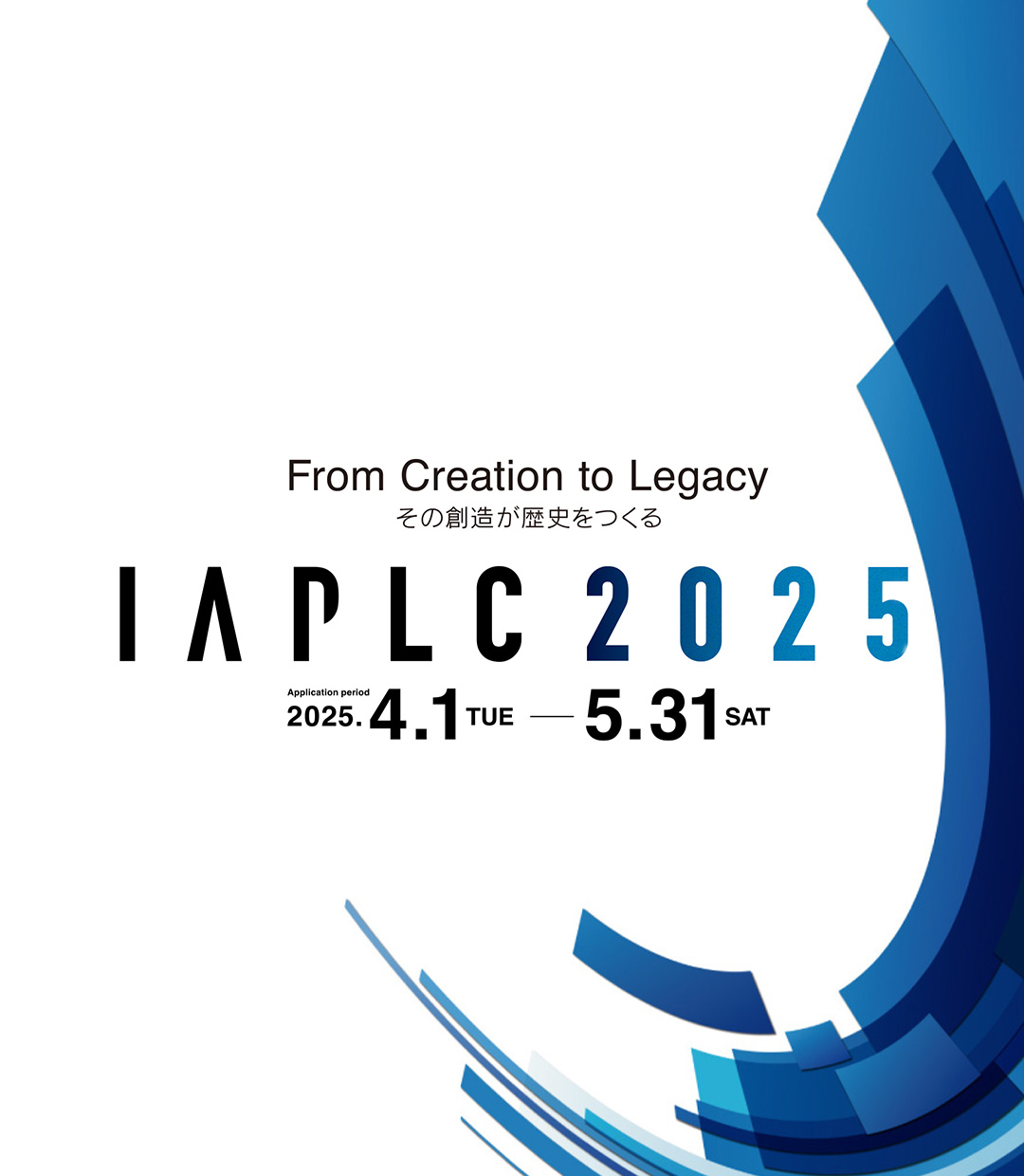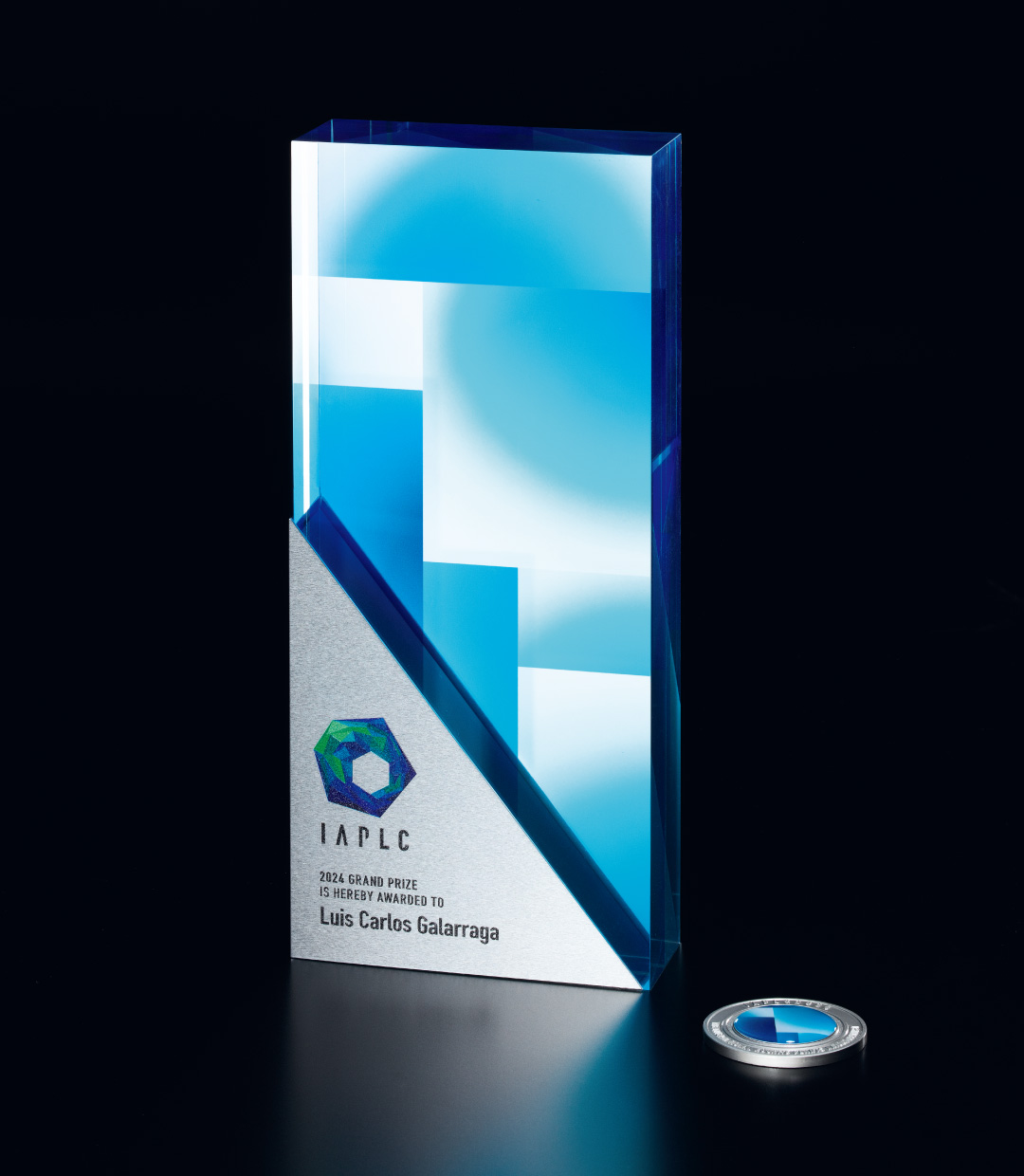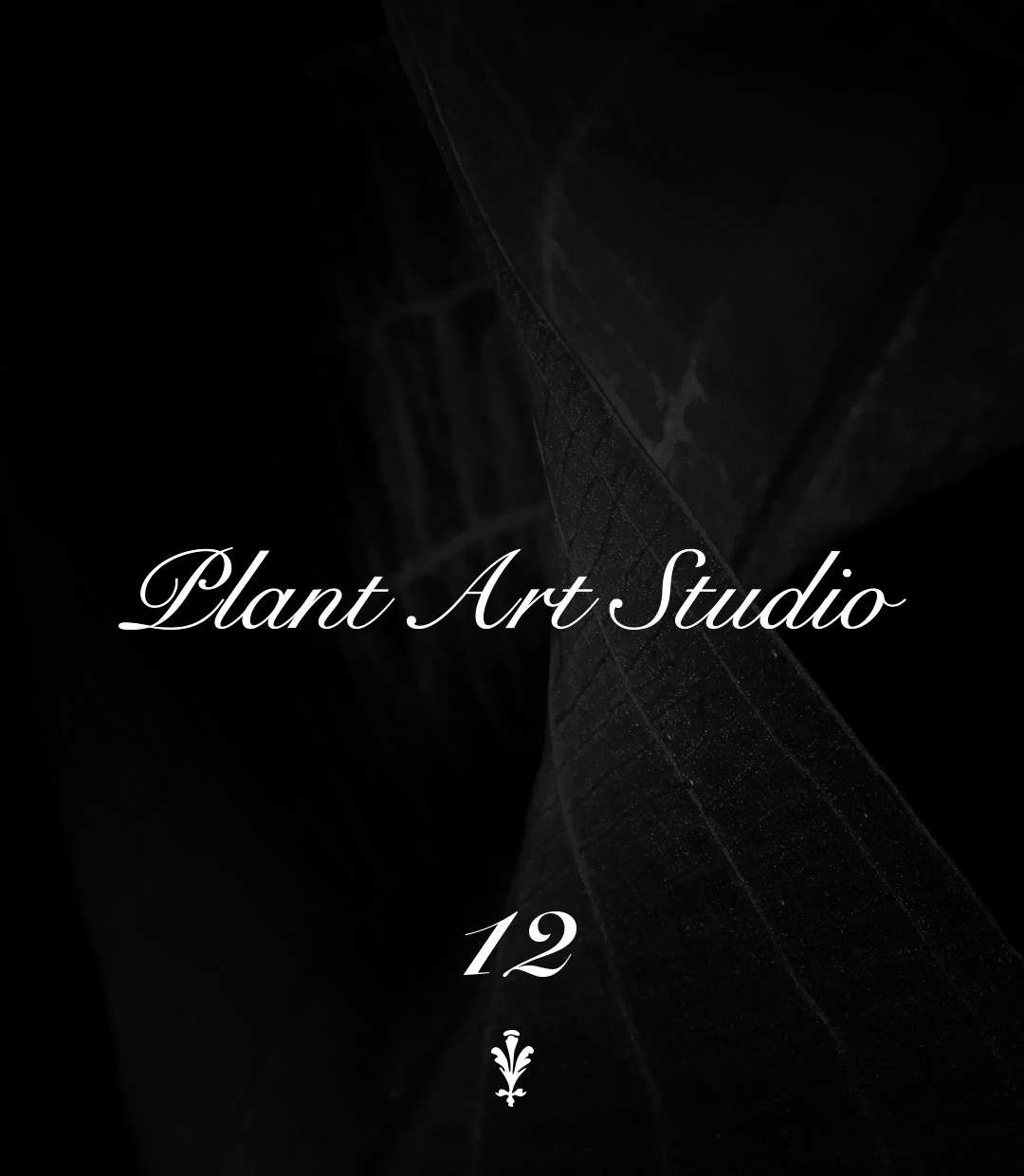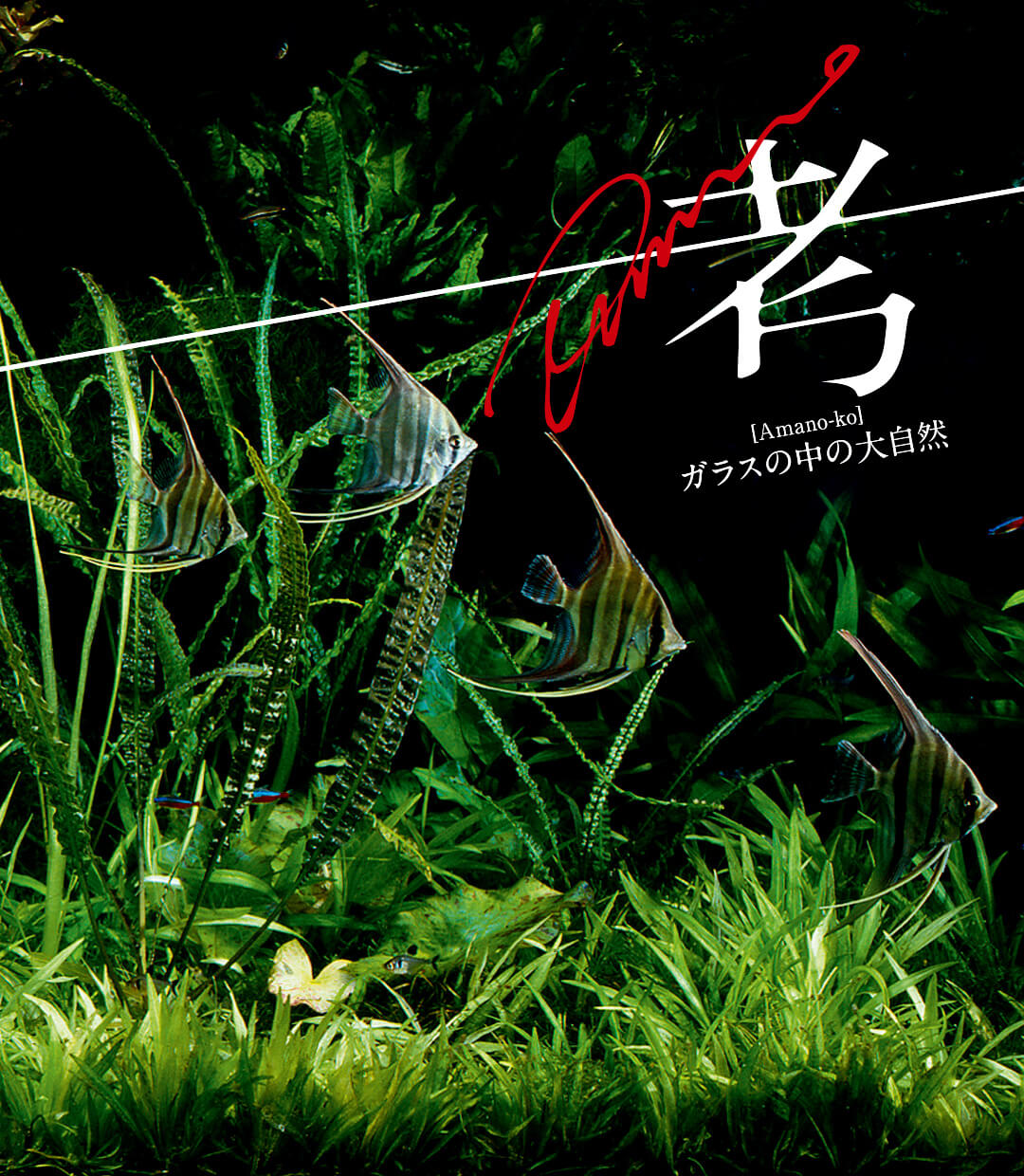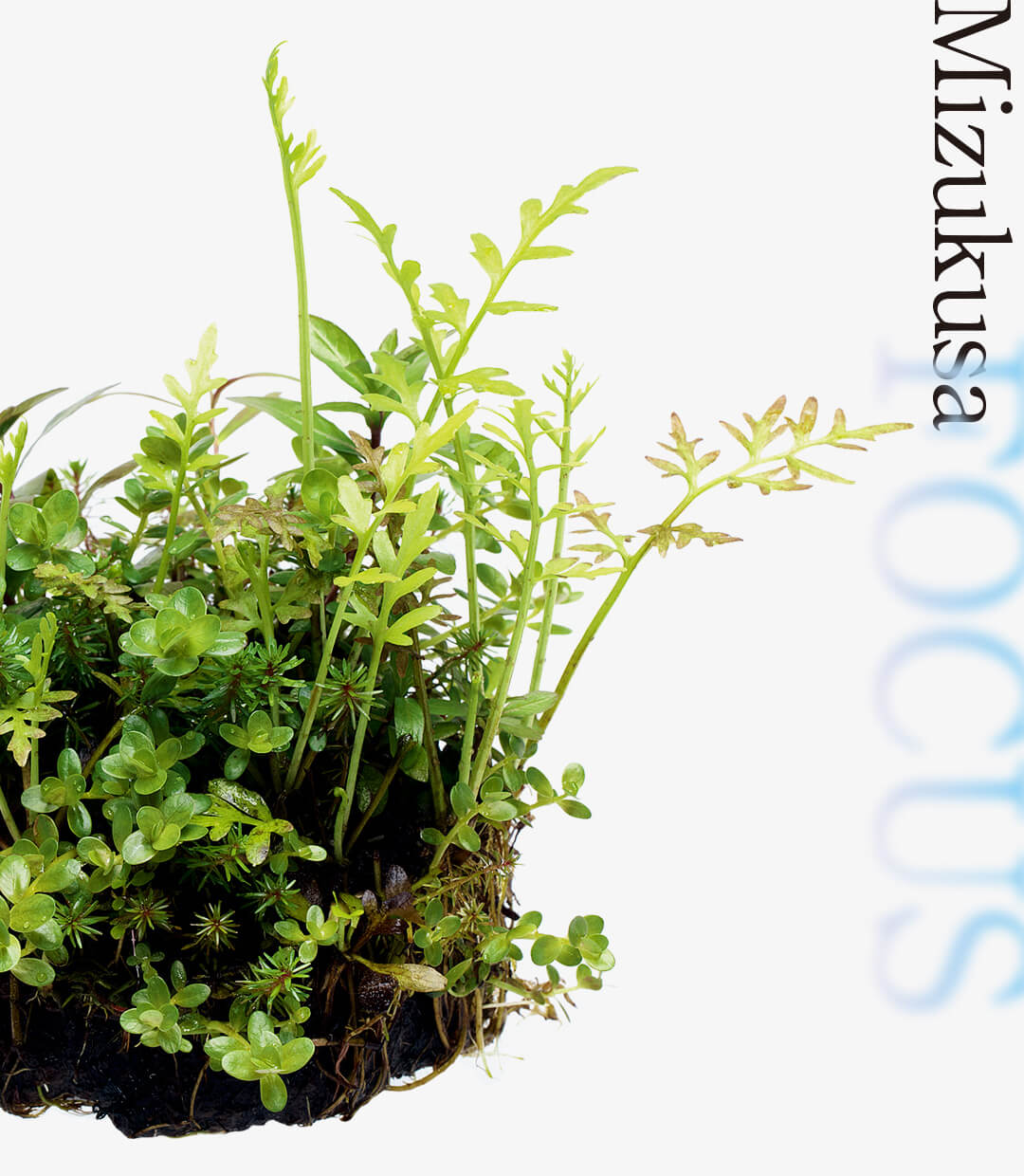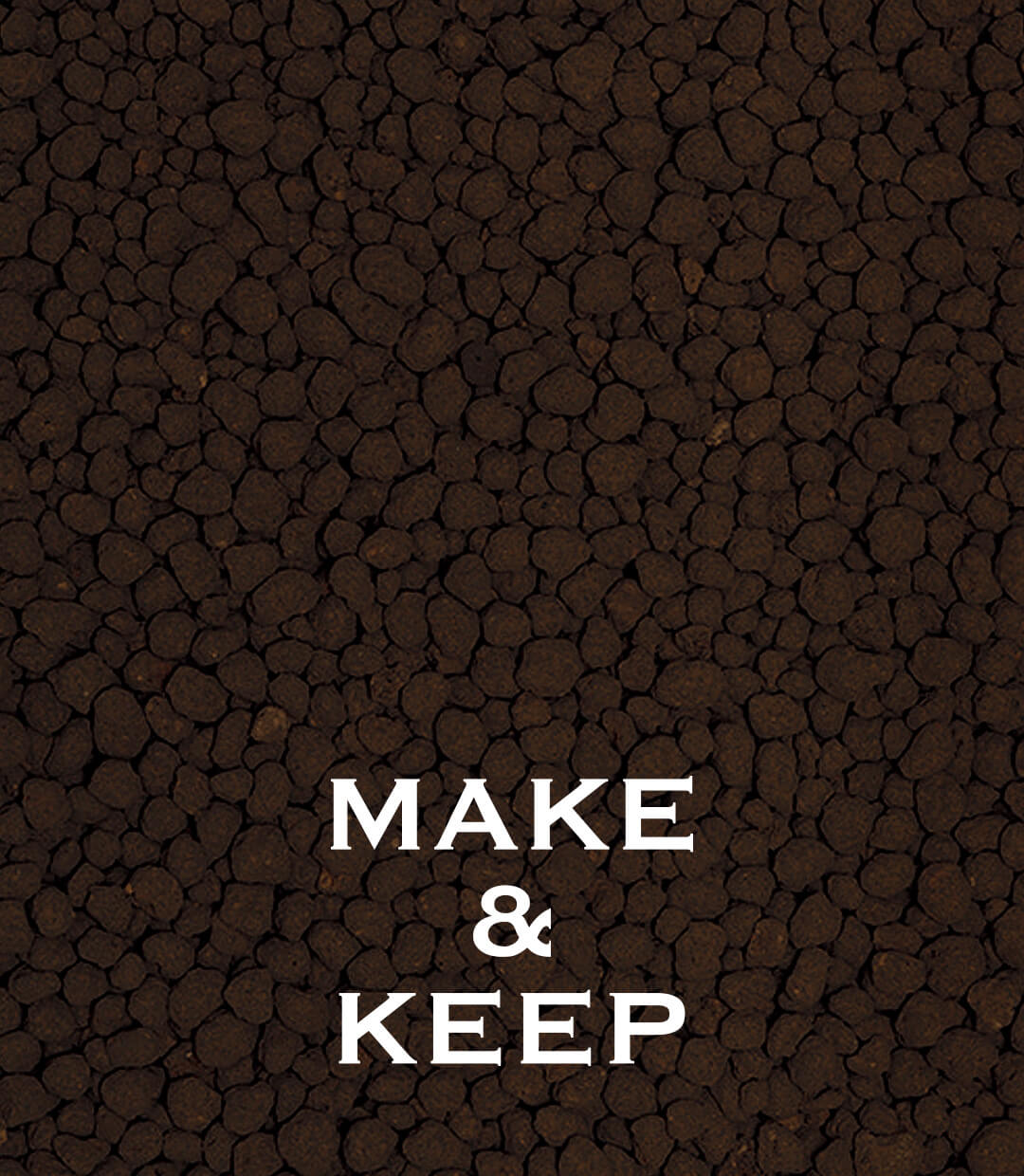TOP OF THE WORLD 2018 #04
THE INTERNATIONAL AQUATIC PLANTS LAYOUT CONTEST 2018
BRONZE PRIZE
BERNAT HOSTA
ANDORRA / TURO DE L’HOME
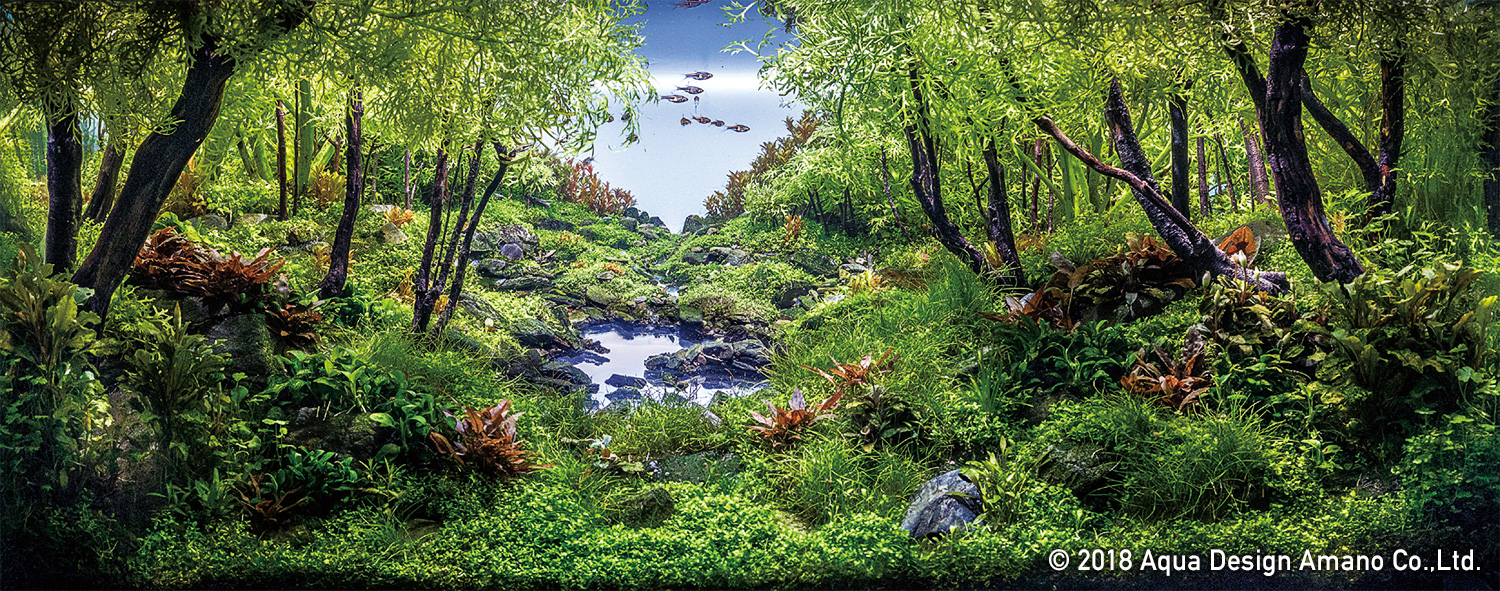
Aquatic Plants
Hemianthus callitrichoides ‘Cuba’ / Micranthemum sp. / Rotala rotundifolia / Bucephalandra sp. / Ceratopteris pteridoides / Cryptocoryne parva / Cryptocoryne petchii / Hydrocotyle tripartita / Eleocharis parvula / Anubias barteri var. nana “Pangolino” / Anubias barteri var. nana
Fish & Invertebrates
Trigonostigma espei
It is a tribute and a recognition to Mr.Takashi Amano.
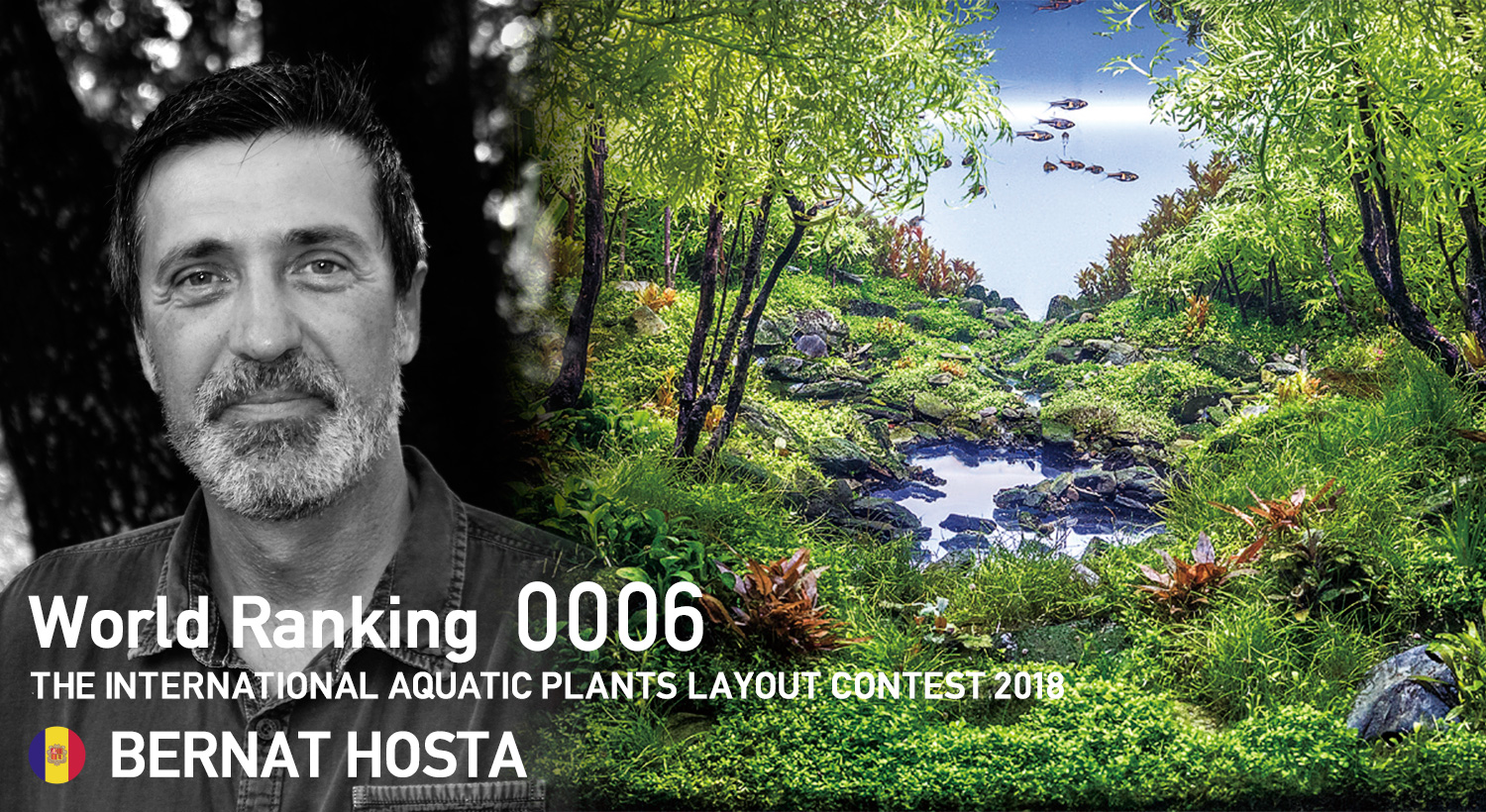
Age / 54 years old
Occupation / Work in a pharmaceutical company
Years of experience in the aquarium hobby / 25 years
Record of awards in the past IAPLC:
2010: 1,400th
2012: 80th
2013: 65th
2014: 220th
2015: 1,120th
2016: 23rd
2017: 111st
Any other hobbies besides aquarium/ Practice many kind of sports and enjoy nature.
AJ: Tell us what you wanted to express with your layout work.
I just wanted to transmit the same peaceful and relaxing atmosphere that Mr. Grygoriy Polishchuk tramsited with his painting “BIOTOPE AMANO”.
I found this picture full of expression of a nature view with a nice structure and depth to be done in an aquarium. At that point I didn’t know that this picture was the garden created by Mr. Takashi Amano in Niigita. Once I knew it, I was very proud to represent a nature space done by him. I thought it was a good way to make a tribute and a recognition to him.
AJ: What was the most difficult aspect of creating and maintaining this layout work?
The most difficult aspect was to simulate the pond. For that, I was inspired with the IAPLC2016 Silver Prize ‘Over Time’ by Mr. Katsuki Tanaka. He used a mirror to reflect the light, and I thought it was a very smart idea for doing it. I tested with some mirrors in a small aquarium and the result was quite satisfactory, so I went ahead.
Another difficulty was to develop Ceratopteris pteridoides enough to simulate the braches and leaves of the trees without avoiding the light illuminate for the plants just down it. As much the plant grew, the less light arrived to the plants located just down.
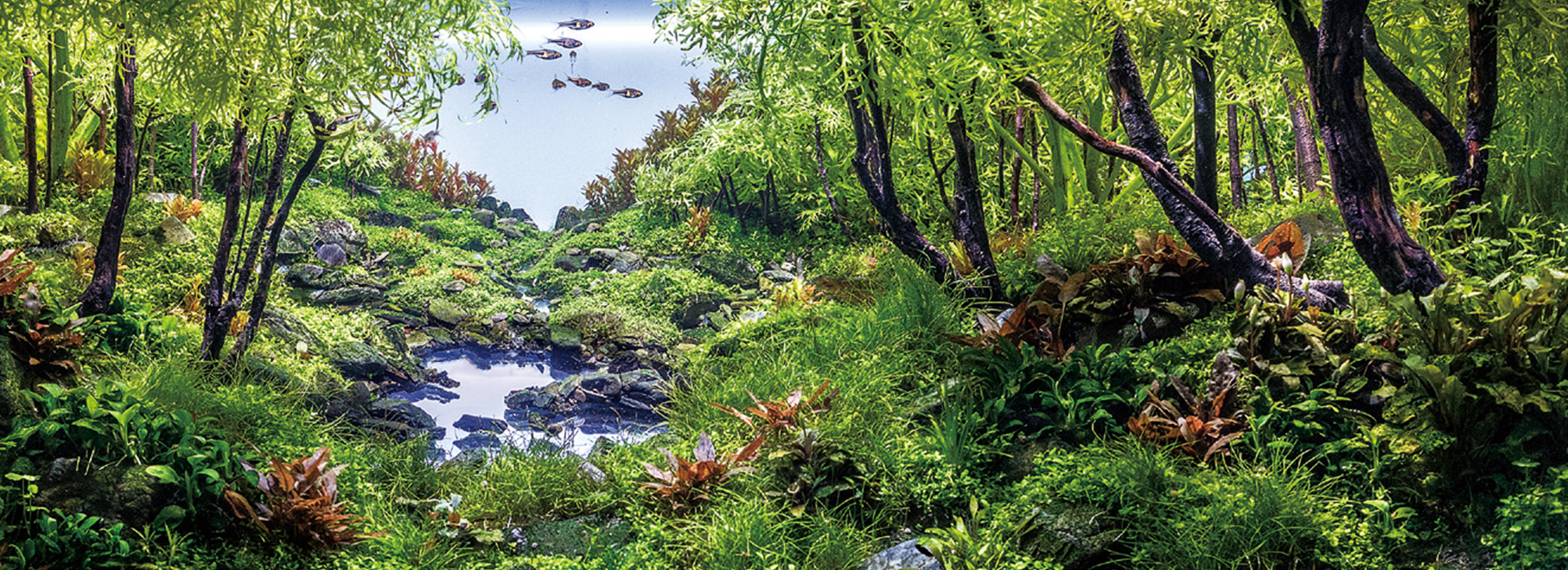
AJ: Tell us about the layout materials.
To fulfill the soil at the desired volume, I chose rocks I had used for previous scapes, just to give consistency and base to above and visible parts. For visible rocks I used different sizes of local slate rocks and I attached them each other by using silicone glue. The most delicate zone was to setup the pond, attaching the small rocks meticulously to the pieces of mirrors. This part was very important because it should be the key point of focus of the scape. For driftwood I used local briar wood which is more durable and has a good visual texture. For planting, I used big leaves plants for foreground and small leaves plants for background to get more depth to the scape. For example I used Montecarlo plant for mid-foreground and Cuba for background.
To fulfill the soil at the desired volume, I chose rocks I had used for previous scapes, just to give consistency and base to above and visible parts. For visible rocks I used different sizes of local slate rocks and I attached them each other by using silicone glue. The most delicate zone was to setup the pond, attaching the small rocks meticulously to the pieces of mirrors. This part was very important because it should be the key point of focus of the scape. For driftwood I used local briar wood which is more durable and has a good visual texture. For planting, I used big leaves plants for foreground and small leaves plants for background to get more depth to the scape. For example I used Montecarlo plant for mid-foreground and Cuba for background.
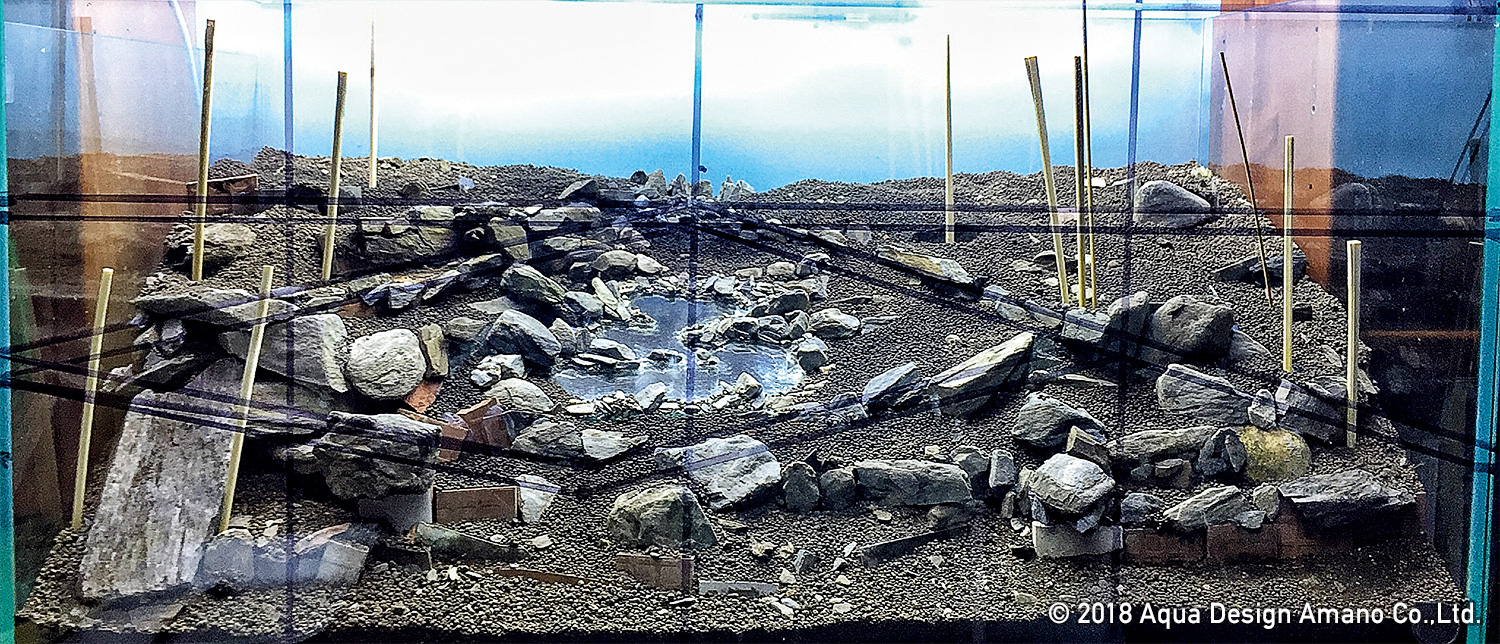
A mirror was used to express a pond.
THE INTERNATIONAL AQUATIC PLANTS LAYOUT CONTEST 2018
BRONZE PRIZE
JIN LIANG
CHINA / Home
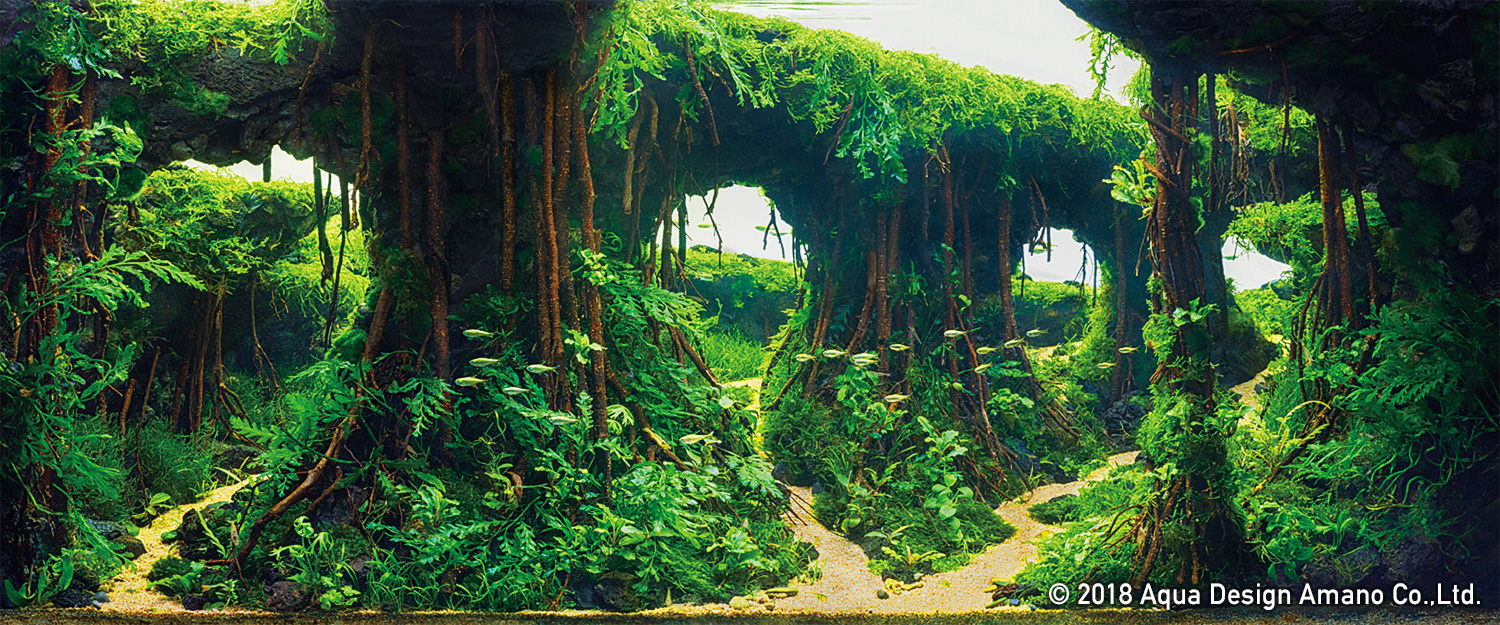
Aquatic Plants
Bolbitis heudelotii / Riccardia chamedryfolia / Vesicularia ferriei / Vesicularia sp. / Bucephalandra / Anubias barteri var. nana “Petite” / Glossostigma elatinoides / Hemianthus callitrichoides “Cuba” / Hemianthus micranthemoides / Ranunculus inundatus / Hygrophila pinnatifida / Hydrocotyle tripartita / Aegagropila linnaei
Fish & Invertebrates
Hemigrammus rodwayi
This layout is based on a representative architecture of ancient civilization of Europe.
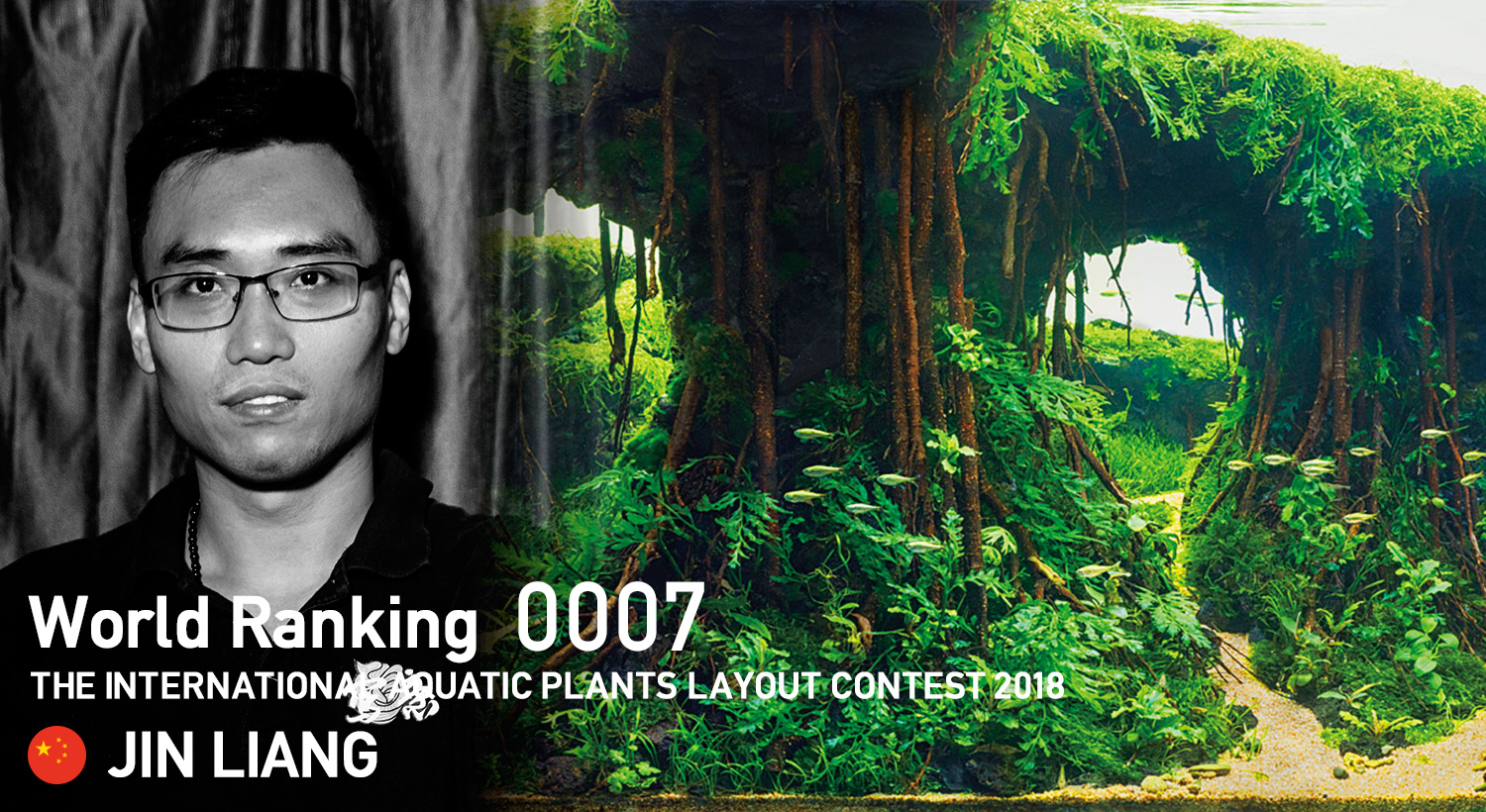
Age / 36 years old
Occupation / Aquascape Creator
Years of experience in the aquarium hobby / 9 years
Record of awards in the past IAPLC /
2015: 36th
2016: 9th
2017: 6th
Any other hobbies besides aquarium / Traveling
AJ: Tell us what you wanted to express with your layout work.
This year’s theme is “Return to nature”. A television series titled “Life After People” inspired me to come up with this theme. The problem talks about what will happen to the world after every human disappear suddenly. In this series, after the sudden removal of humans, civilization had changed to ruins, covered by plants and then the earth returned to nature. The hardscape in this layout is based on a representative architecture of ancient civilization of Europe and photos of Angkor Wat showing massive roots tangle in old architectures gave me some ideas to create this layout. I made layouts in which driftwood was the main material for the last 3 years so I wanted to challenge new materials this year and used rare black-colored volcanic rocks as the main material. I hope you feel the originality too. Personally I like the natural landscapes where the ficus microcarpa aerial roots are almost touching the ground and I rendered nature’s vitality by reconstructing this landscape in my layout.
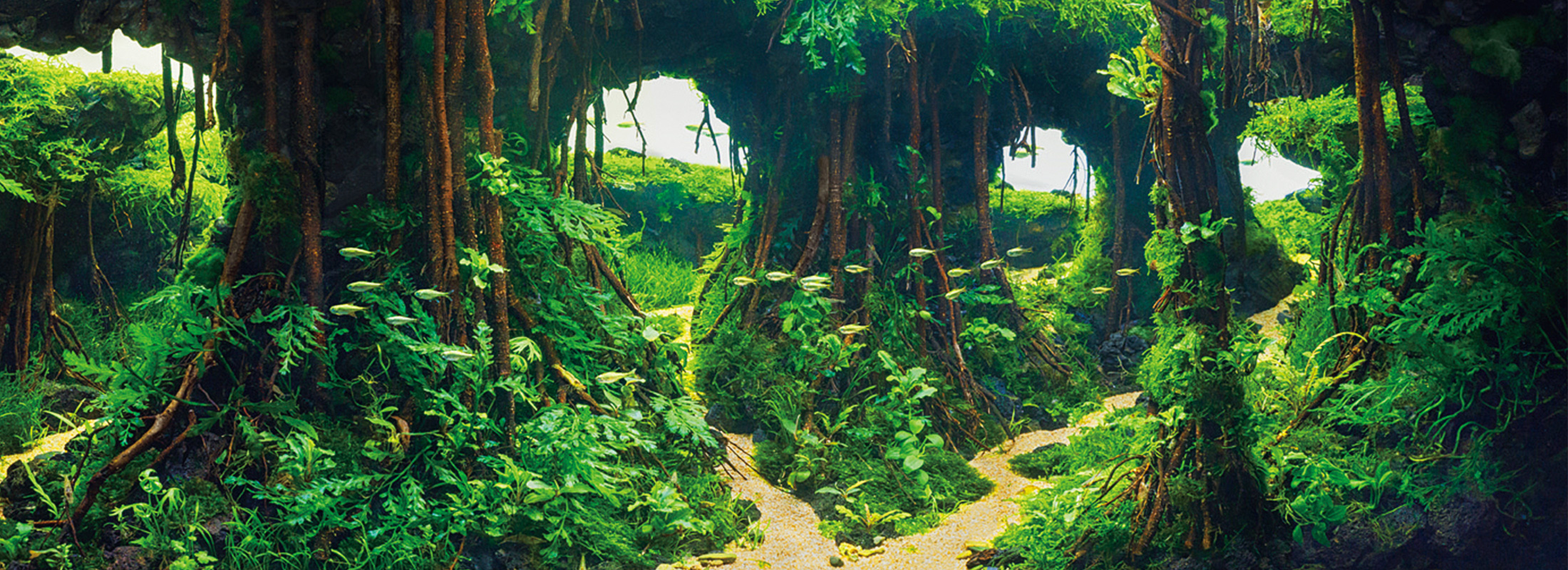
AJ: What was the most difficult aspect of creating and maintaining this layout work?
I always think how to express a large space and the depth in a small tank. If all spaces in a tank are used, normally there will be only small spaces left for maintenance which makes the maintenance work difficult. This year, I put a lot of thought into the way of using all spaces in the tank in light of maintenance.
AJ: What kind of aquascape do you want to create in the future? Do you have any dreams relating to the aquarium hobby?
I wish to challenge new layout styles but they have to be rooted in my favorite style. Anyway, I can keep making layout as I like this hobby. One of my dreams having my own shop came true. I will give a lecture of aquatic plants layout to have more people love this art.
AJ: What do you think about the IAPLC?
IAPLC offers an opportunity for aquatic plants lover in the world to get to know each other and is the best stage to appeal our talent!
I always think how to express a large space and the depth in a small tank. If all spaces in a tank are used, normally there will be only small spaces left for maintenance which makes the maintenance work difficult. This year, I put a lot of thought into the way of using all spaces in the tank in light of maintenance.
AJ: What kind of aquascape do you want to create in the future? Do you have any dreams relating to the aquarium hobby?
I wish to challenge new layout styles but they have to be rooted in my favorite style. Anyway, I can keep making layout as I like this hobby. One of my dreams having my own shop came true. I will give a lecture of aquatic plants layout to have more people love this art.
AJ: What do you think about the IAPLC?
IAPLC offers an opportunity for aquatic plants lover in the world to get to know each other and is the best stage to appeal our talent!
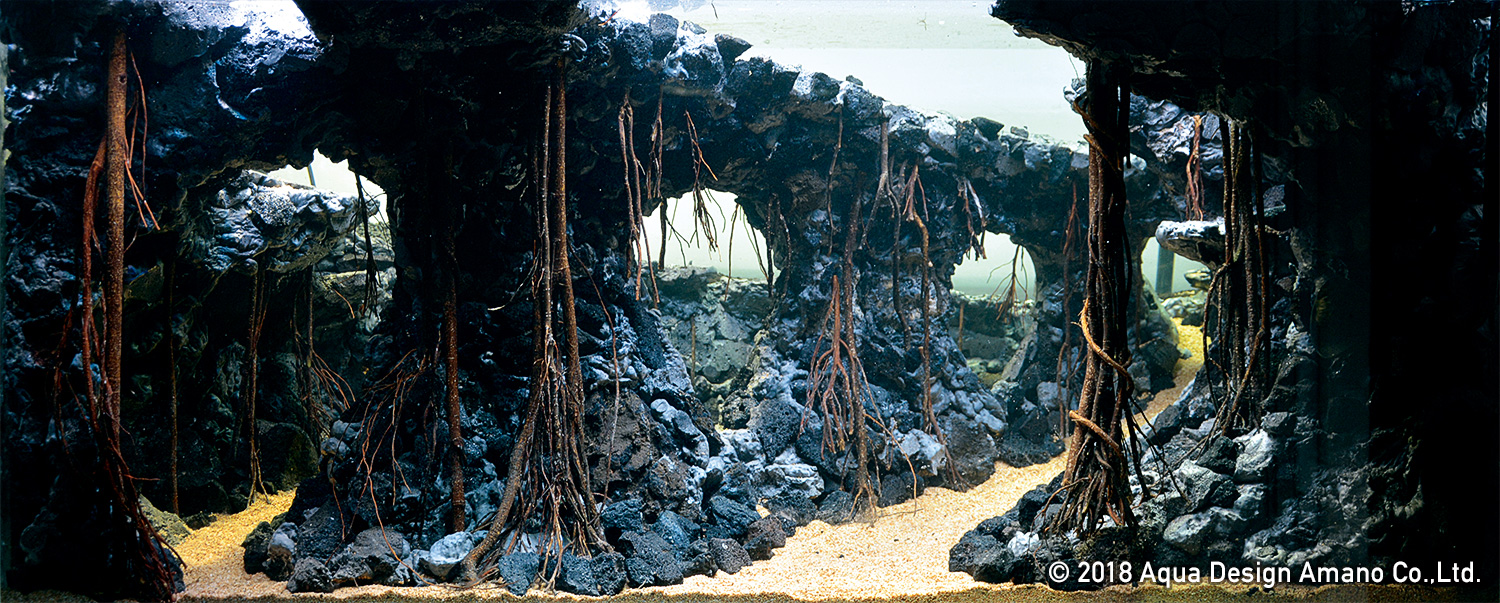
Using perspective as well to create the layout.
